Landscape Photography Tips to deal with Bad Light
Is there anything such as bad light in landscape photography?
Lets face it, all the textbook and landscape photography instructors will tell you that the best time to shoot is during golden hours. So even before you embark on that epic landscape photography expedition of a lifetime, you are primed to look for photo opportunity during golden hours. As a result, we tend to ignore photo opportunities that present themselves outside of the golden hours.
If you have fallen into this nothing but golden hours trap, rest assured that you are not alone. When I first started out in landscape photography, I too fell into this trap and ignored all other opportunities that came my way. But as time went on, I realised that this was a serious mistake. First, my portfolio filled with just golden hour images. This limited my license to license the images to client who were looking for diverse landscape photography. And second, it made my travel highly inefficent because I would only use a fraction of time on location to photograph.
Fortunately for me, I saw the futility of this approach early on and decided to diversify my approach. Here are a few landscape photography tips to get change your perspective and look beyond the golden hours.
#1: Photographing During Late Morning or Early Evening
Under the right conditions, late morning (after the sun has been up for more than a couple of hours) can present incredible opportunity to capture some stunning photos.
I took the following shot late in the morning during our stay on the Big Island of Hawaii. The brilliant sunbeams appeared as mist from ocean spray blew through the trees. To capture sunbeams like these, you need bright sunlight along with some mist or dust in the air. The particles in the air scatter the light and create sunbeams.
I took this second shot below to show you the conditions I was working with that morning. As you can see, the light was pretty harsh because the sun was up and there were no clouds. Most photographers would classify this as “bad light” – but I see this as a great time to stretch your creativity.
Here is another example of late morning shot. In this case, Varina used a narrow aperture to create a sunstar effect and an ND filter to slow down the shutter speed to capture smooth, flowing water.
#2: Landscape Photography in Harsh Midday Light
Ok, so maybe the shot in Hawaii required certain conditions – the angle of the sun, the sea spray, the high trees near the beach. And one can argue that I got lucky with that shot.
But this isn’t the only shot I took in bright sun while we were in Hawaii. Here are some other shots that I took by taking advantage of harsh midday light with less-than-optimal lighting conditions.
Each of the shots above were taken during the middle of the day when the sun was located high in the sky. Image #1 was created when the harsh sunlight on the trees was reflected in the water. I was able to use this reflected light to create an interesting abstract full of interesting patterns and colors.
Image #2 was captured in Waianapanapa State Park on Maui. I specifically went to this location at noon on a partly cloudly day and waited for the bright sunlight to hit the water before taking this photo. That harsh midday sunlight was essential to bring out the brilliant turquoise colors in this landscape photo.
Image #3 required harsh sunlight to bring out the deep rich dark blue colors and textures that you see in the sea urchin. Without harsh sunlight, the sea urchin looked completely black and devoid of any colors whatsoever.
#3 Creative Composition in Harsh Sunlight
Ok… so one could argue that you need to be in a tropical paradise to make use of harsh sunlight. What if you are not? The fact is, you can use harsh sunlight in just about any location. Here is a video where Varina Patel shows you how to use creative composition to come up interesting, intimate shots at midday in Southwest Utah.
You can also make use of even light areas when shooting in harsh sunlight. Here are few more examples of the images taken on a cloudless day in middle of the day that makes use of directional sunlight:
In the first image above, the sun was high in the sky, just above my right shoulder. The harsh light brought out the rich colors in the water and created an even light scene with very little shadows.
Image #2 was taken at midday at The Wave in Arizona. For this photo, I chose the composition to capture the reflection and fill the scene with the evenly-lit wall of The Wave.
#4: Midday Macro Photography
One of our favorite midday activity is to shoot macro subjects. Subjects are easy to find and you can easily control the light around them by using a diffuser and/or a reflector. Sometime we use our own body or camera bag to cast a shadow on the subject while taking a photo.
Varina used her own shadow to create soft even light to capture this image of Broken Heart in Death Valley National Park in California.
So what about landscape photography at midday with soft overcast light? One can argue that soft overcast light is not really “bad light” but rather is highly sought after by most landscape photographers because you can shoot pretty much any subject matter in soft overcast light.
So, the next time you find yourself thinking about bad light, think of how you can use your creativity to come away with some stunning photos instead. Feel free to share your own images in the comments below.

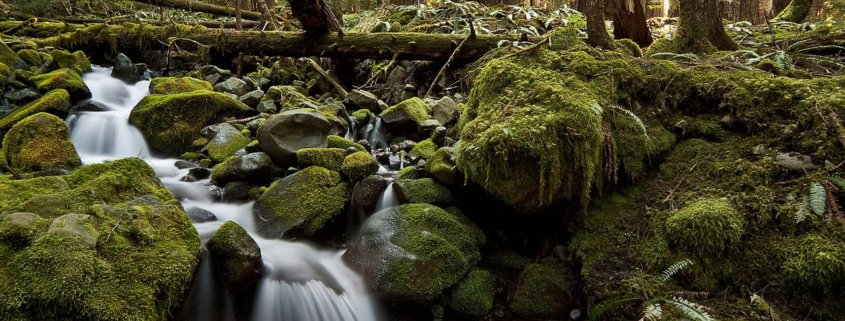
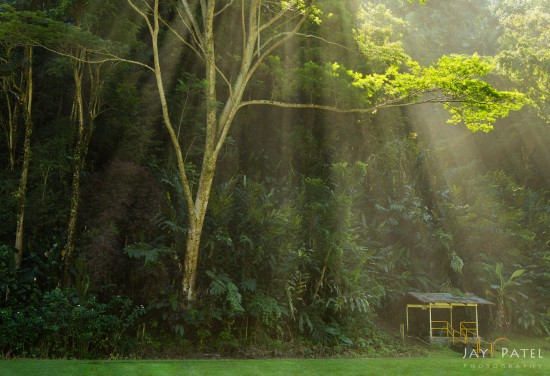
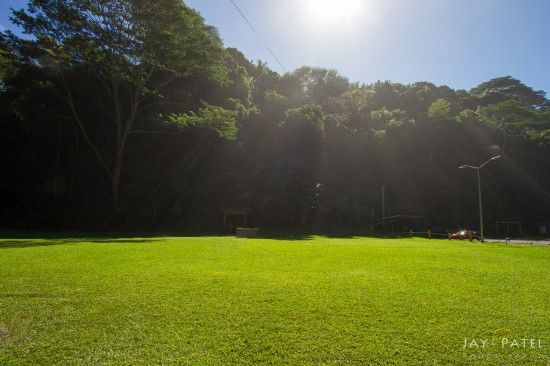

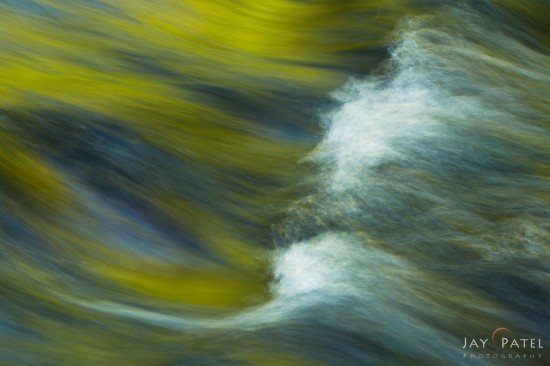

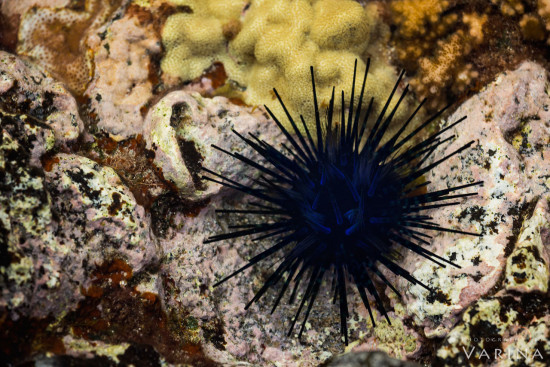
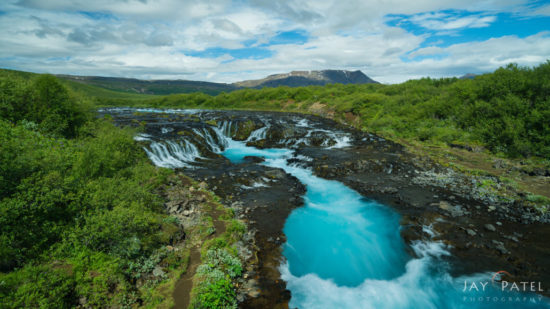





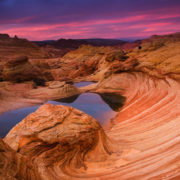

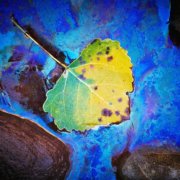


Finally! A voice of common sense in a world of “golden hour only” photography! You can’t always be at the right spot at the right time. I know this from driving across the United States. I took tons of landscapes in “less than optimal” light. These locations were in the middle of nowhere and I couldn’t wait around five or six hours for golden hour and still make it to my hotel at a decent hour. The message I take from this article is adapt to the lighting conditions and shoot away in all lighting conditions. Thank you for being a voice of sanity!
You are most welcome. Glad you enjoyed the article.
That was an interesting article. We currently have masses of low violets in bloom that you can really only see when the noonday sun hits them and blows out the white highlights. I had already given up on that shot, but you have challenged me to rethink it. Thanks!
Cut and paste ‘educators’ suggesting that landscapes can only be taken during ‘Golden / Blue hours’ really irk me. They make little effort to explain how another level of creativity may be achieved and something new, special and different created other than saying ‘rules are there to be broken’ – simple pointers such as the ‘you need bright sunlight along with some mist or dust in the air’ combined with a suitable image are sufficient to get one thinking – providing more of those would certainly get more people thinking along creative rather than ‘cookie cutter’ lines.